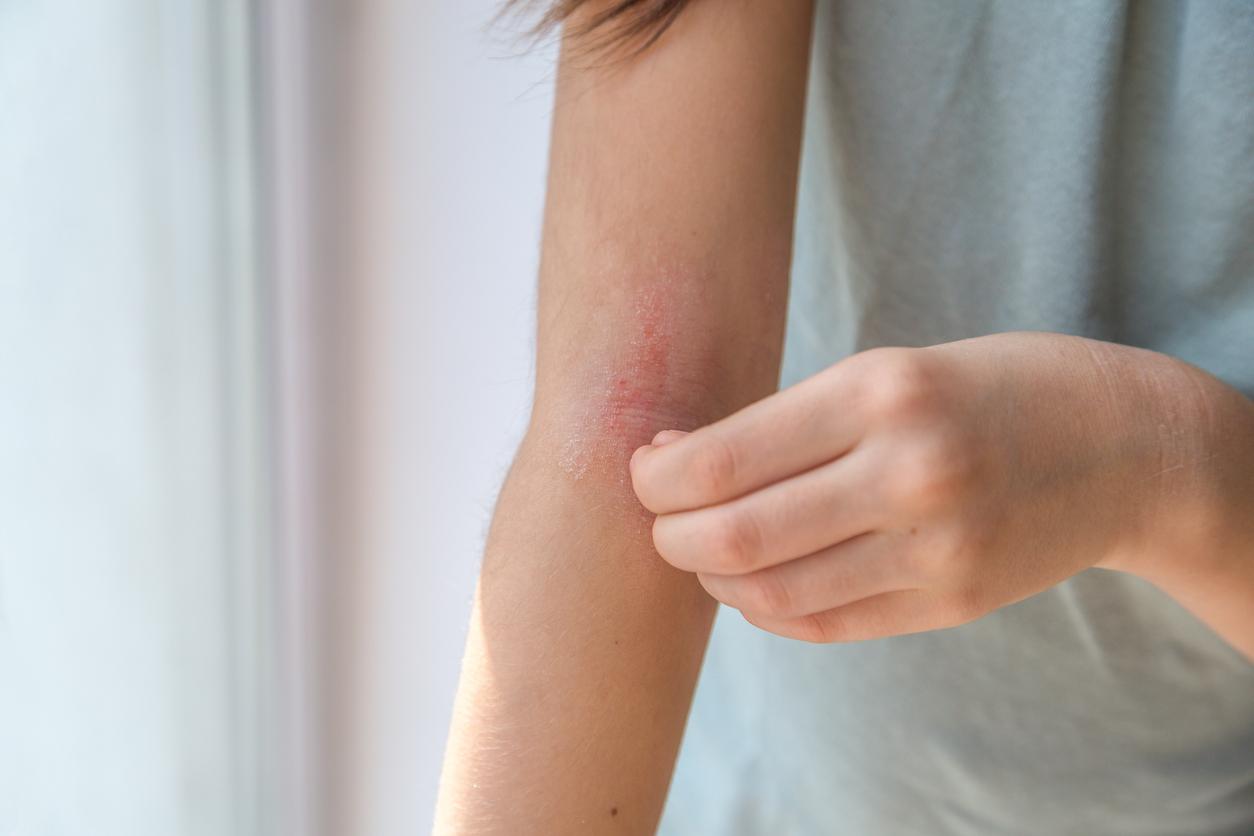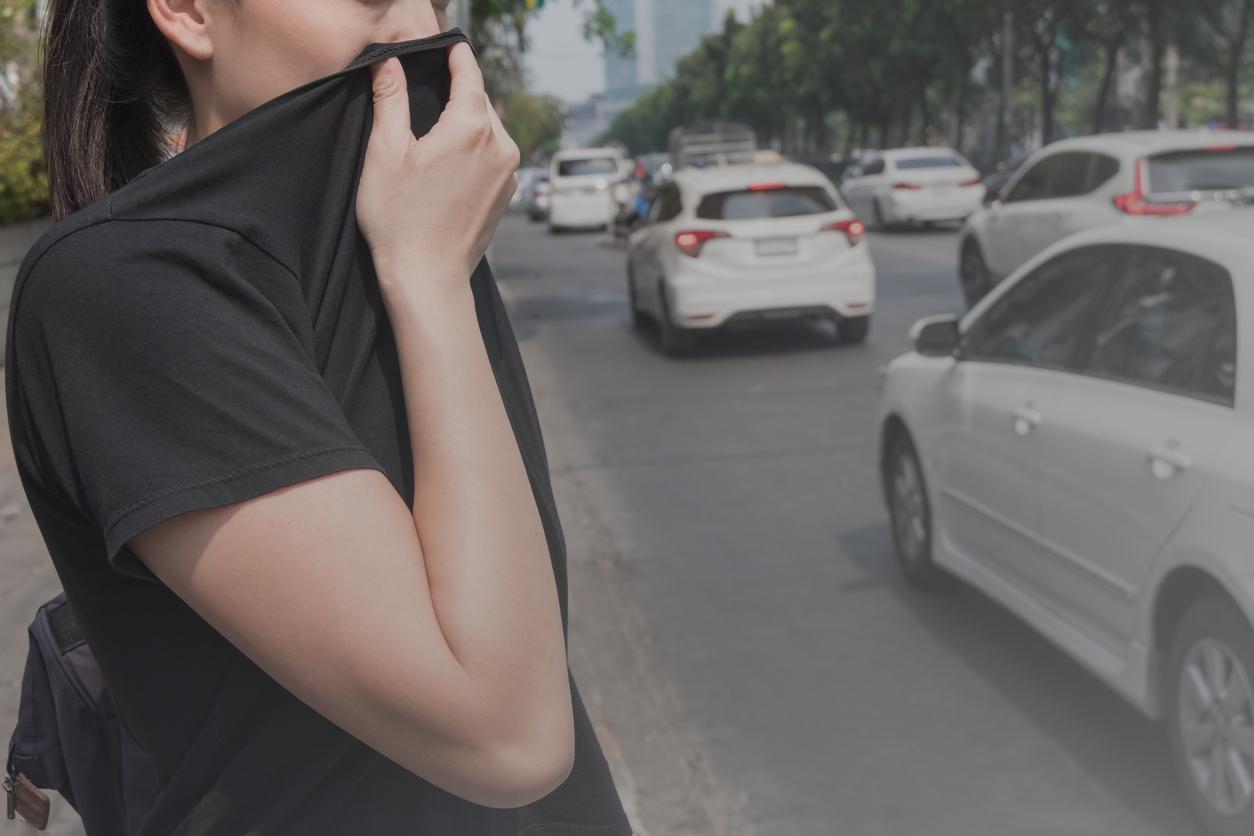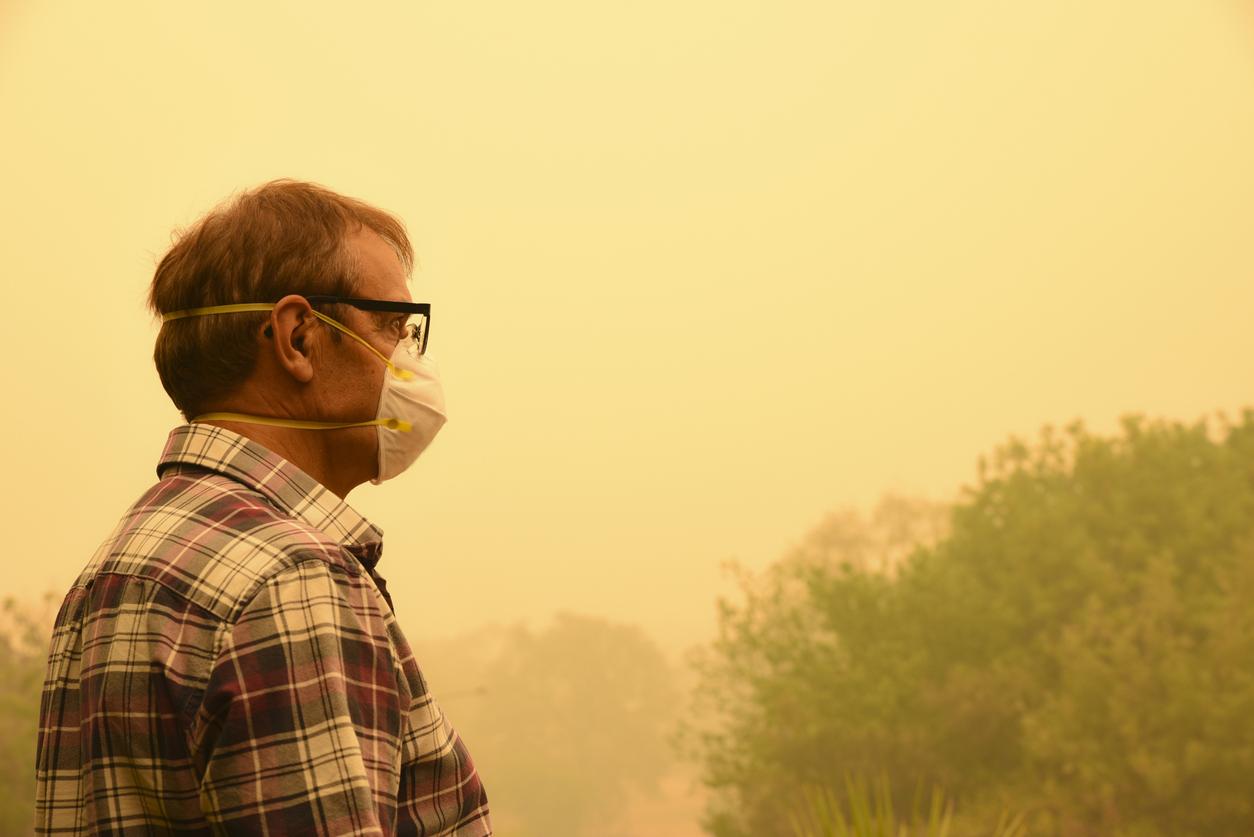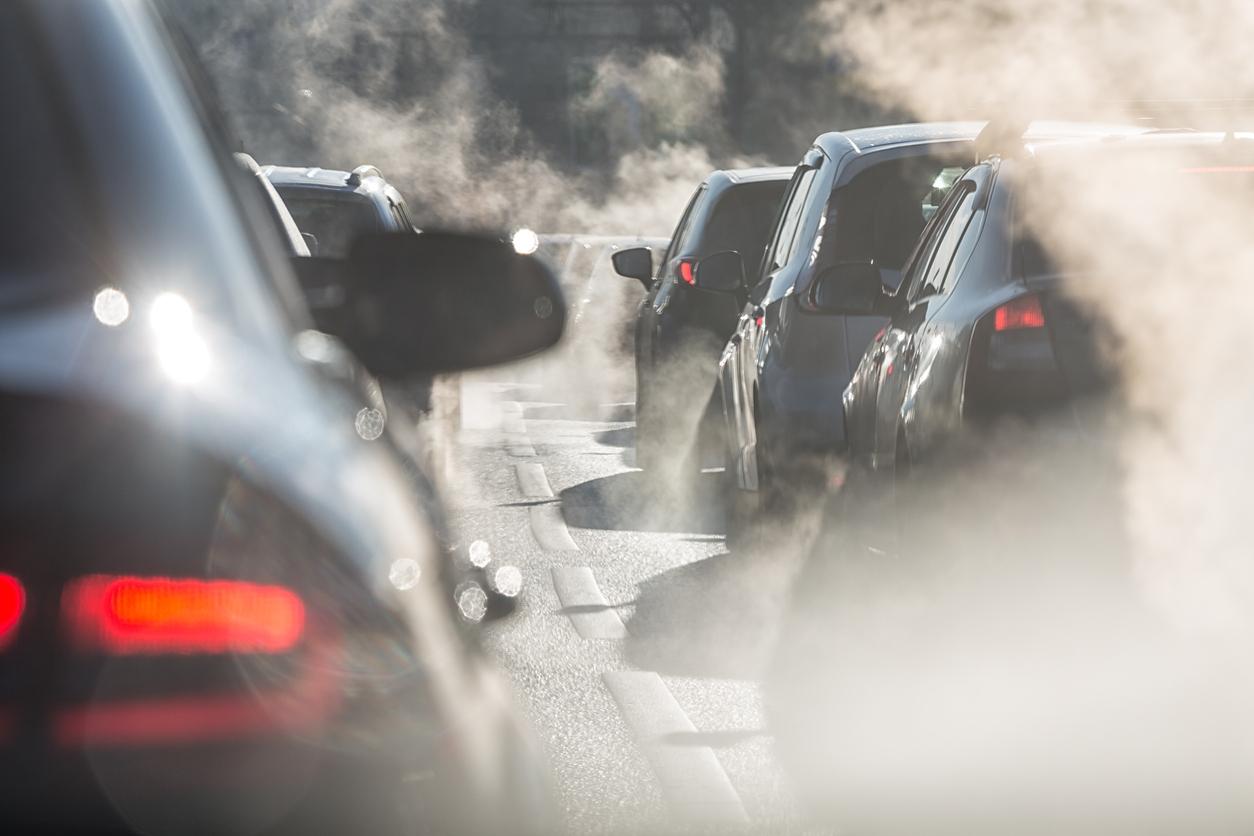According to the Airparif monitoring network, the levels of fine particles in some Paris metro stations are comparable to those recorded in road tunnels.

The mayors of the big cities of this world constantly affirm it: the use of public transport makes it possible to effectively reduce the emissions of pollutants into the atmosphere. Promoting it for travel would therefore be a 100% winning bet. Except that the reality seems more mixed. The subways themselves are not free from pollution.
The air quality is in fact different depending on the enclosures used: in underground stations, certain pollutants, such as nitrogen dioxide, may be present in smaller quantities than outside (or even almost absent, such as ‘ozone). But others, such as particles, which come directly from rail operations, suspension by passengers and the passage of trains, can, on the other hand, reach higher levels.
Two operating modes used
A study currently being carried out by Airparif (1) mainly concerns pollutants specific to underground railway enclosures, ie particles and metallic compounds emitted by railway operations. Two operating modes are used by the air quality monitoring network: setting up “permanent” so-called reference measurement stations and three-week measurement campaigns for other stations.
Two stations with very different typologies (ventilation system, depth, volume, age) serve as a reference and will be the subject of continuous measurements for two years, with two fixed stations: one in Saint-Michel-Notre-Dame, on the Quai du RER C, instrumented by Airparif, the other in Magenta, on the Quai du RER E, equipped by the Testing Agency Railway (AEF).
Nitrogen dioxide, particles …
Available in real time on the website ofAirparif, the first results in Saint-Michel indicate that, over the last 3 months, the particulate matter (PM10 & PM2.5) are “high”. According to Airparif, they are even comparable to what can be recorded in road tunnels!
Fortunately, levels of nitrogen dioxide (NO2), mainly emitted by road traffic, are lower. They “reflect the influence of the outside air on the air inside the stations”, Airparif specifies in a press release.
Finally, and this is good news, these first measurements also show a drop in levels on Saturdays and Sundays compared to working days: – 10% for NO2, -15% for PM2.5, -20% for PM10. Note also that the ratio of fine particles PM2.5 (less than 2.5 micrometers) and PM particles10(less than 10 micrometers) is almost twice lower than that observed in the ambient air, “which indicates a different signature of the particles observed in the stations, with a fraction of larger particles (PM10) greater than in the exterior exterior”, concludes the network.
The results of the various campaigns will be published as the campaigns are carried out on the websites ofAirparif and some SNCF, as of now, as well as on that of AEF from the end of February. The final report including all the stations will be available at the end of 2018.

(1) SNCF has signed a partnership with Airparif to assess the air quality in underground railway enclosures (EFS). The surveillance of these spaces is divided between Airparif and the Railway Test Agency (AEF, SNCF company laboratory). Understanding this atmosphere better in order to assess the exposure of travelers and agents in these closed and very frequented spaces will then make it possible to prioritize concerted action plans.
.

















